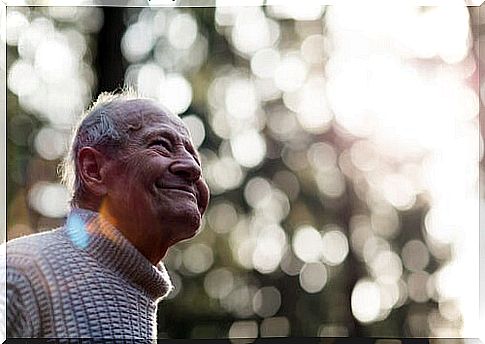The Phases Of Adaptation To Retirement

For years it was tried to determine if the termination of the work role meant an increase or decrease in people’s satisfaction with life. The results obtained were disparate and inconclusive. For this reason, the sociologist and gerontologist Robert Atchley proposed a model based on different phases of adaptation to retirement.
Indeed, the error was in trying to evaluate active status and retirement as two distinct categories. The reality is that the abandonment of working life involves a whole process that requires a time of adaptation during which various circumstances and emotions are passed through.
Retirement is undoubtedly a drastic life change. Environments and routines are modified and a role that can have a considerable weight on the identity of the individual is abandoned. There are many factors that influence this impact: the personality of each one, the degree of satisfaction with work, the leisure alternatives and interests available …
In any case, everyone who reaches the end of their work stage goes through different phases. Although it is important to note that not everyone goes through all of them or does it in the same way.

The phases of adaptation to retirement
Early retirement
This phase takes place when the person is still active. During the last months or years before retirement, there is an emotional preparation for the event.
Thus, anticipatory expectations and fantasies are generated about what life will be like as a retiree. For some these can be negative and for others positive. In any case, it will be necessary to check it later.
Retirement
It begins when the job retirement becomes effective. At this time, three different attitudes can be adopted. The first is the so-called “honeymoon”, in which the individual experiences euphoria and relief for having gotten rid of work obligations.
On the other hand, the so-called “period of continuous activity” can occur , with the person occupying his time in leisure activities that he previously carried out, but to which he now dedicates more time. Lastly, the newly retired may approach his new life as a time of rest and relaxation.
Disenchantment
After some time after retirement, a period of disenchantment can occur. In it , it is discovered that the expectations regarding retirement were not correct. Feelings of sadness, disappointment, and uncertainty may appear, especially if the anticipatory fantasies were very positive.
Reorientation and stability
During the reorientation phase, expectations are progressively abandoned and a more accurate analysis of the current situation is carried out. Reality is assumed and the available possibilities and limitations are analyzed. In the same way, it is common to explore or resume activities and begin to establish more satisfactory routines.
Finally, in the stability stage, an adjustment to the retiree role is finally reached. The person has already managed to stabilize their emotions and routines and feels comfortable in their role.

The phases of adaptation to retirement are an individual process
The previous model is only an indicative approximation. Each person experiences it differently, with only a small percentage going through all the phases. Similarly, the impact of retirement varies between individuals.
In studies carried out, it has been found that more than half of the subjects experience an increase in life satisfaction after retiring. But, on the other hand, 20% decrease their satisfaction and 10% maintain it.
Interesting differences were also found with respect to the time elapsed since the abandonment of working life. The first phases are more susceptible to generating unpleasant emotions, due to unfulfilled expectations and the difficulty of adjusting to the new role.
However, as the adaptation process progresses, satisfaction recovers and increases. Thus, 50% of individuals manage to adapt to retirement before six months, another 20% do so within one year. And the remaining 30% requires more than 12 months to reach the adjustment.
Ultimately, retirement is an important milestone in everyone’s life. It is necessary to allow time for the elaboration of losses and for the constitution of new routines. But, in any case, it is a personal and different process in each individual.









